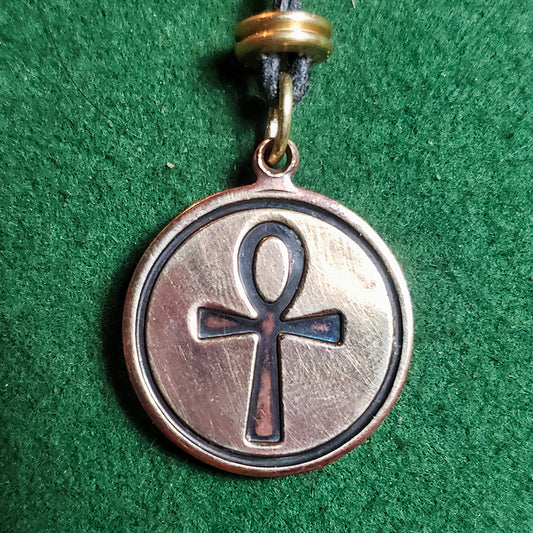Featured Design - Compass and Square
Michael Stewart
Share
Perhaps the best-known of all Masonic symbols are the compass and square, shown interlocked with the letter "G" between them, as the traditional emblems of Freemasonry. During the granting of the First, Second, and Third Degrees, the compass and square are placed upon the altar of the Temple in an interlinked fashion, representing the divine Light as it unites with the candidate and fills him with increasing knowledge. At the same time, this leads to his "rebirth" as its resurrected "offspring."

That this symbolic rite was derived from a still older mystery, however, is suggested by an early Masonic catechism, which asks,
What did the two cherubim on the ark of the covenant represent?
The answer that it gives is: "The mystery of the Golden Altar" (Dumfries Ms., ca. 1799).
Thus, the union of "the two Cherubim" in the Jerusalem Temple would appear to be the ultimate source of the "mystery of the Golden Altar" in the Masonic Temple.
The letter "G" (signifying God's secret Name) appears between the intertwining compass and square. Philo's explanation parallels that the union of the statues in the Jewish Temple represented God's "consorting" with the soul and his "divinizing" of the recipient. Thus the compass and square are exact symbolic equivalents of the ancient Cherubim, i.e., the old "Male" and "Female," whose union was the central feature of the Wisdom mystery and which brought about the candidate's deification. But we should also compare this unique symbolism with the Divine Image (Gen. 1:27), which teaches that God is united and female; hence the sacred "G" appears only when the male compass and the female square are intertwined.
The association of these "male" and "female" symbols with solar and lunar iconography was also based on early Israelite and Semitic traditions, according to which the heavenly bodies represented various male and female deities. European alchemists still used their symbols to describe the union of "heaven" and "earth," taking the "Sun" as a figure of Christ, and the "Moon" as a figure of his Bride, the Church. These must again unite to "beget" the "Philosopher's Stone," i.e., eternal life.
Above, the heavenly things; below, the terrestrial; by the male and the female, the work is accomplished. Join the male and the female, and you will find what you are seeking (Aphorisms of Zosimus)
But before they can complete this all-important work, both must die and pass through the "nigredo" state, i.e., the death and dissolution of the body. Zosimus appropriately characterized this mystery stage with the image of the "priest," who is torn to pieces and mutilated before he can be resurrected and discover the "Stone of the Nile."
Other alchemists described the marriage of the "sun-compass" and the "moon-square" as the bringing together of superius/inferius and externis/interius, which exactly mirrors the language of the ancient Gospel of Thomas ("You shall enter the Kingdom when the upper is as the lower and the outside is as the inside.") Both "Male" and "Female" will then be resurrected as the "gold" of eternal life, forever joined as a divine Zakar wanekebah, or "Rebis" ("Two-in-One"). The "Sun" and the "Moon" are further referred to as the "King" and "Queen," just as the Jews referred to God and his exiled Shekhinah in the Kabbalistic mystery.
The ultimate origin of the compass and square as divine emblems is presently lost in the mists of antiquity. Still, their universal employment as builders' tools caused them to appear nearly everywhere as theological symbols denoting creative power. In Greek iconography, for example, the nature of the gods Pluto, Bacchus, and Mars were represented by the triangle (a three-sided, enclosed compass), and that of the goddesses Rhea, Venus, Ceres, Vesta, and Juno by the square. In Egypt, the "amulets" of Osiris included two plumb lines suspended from two compasses and two yards. In pre-Christian China, one also found the Demiurge, Fu Hsieh, and his female counterpart, Nü Kua, displaying the compass and square as symbols of their male and female creative powers. Even earlier, the I Ching (ca. 720-474 B.C.) had described the heavens as round (just as the compass delineates the horizon) and the earth as square (with its "four corners").
But these symbols were also employed by the Israelite Creator, who declares in the Old Testament, "I will set a plumb line amid my people, Israel" (Amos 7:8). . . "Judgment will I lay to the line, and righteousness to the plummet" (Isa. 28:17). . ." And thou shalt make an altar...(that) shall be foursquare" (Ex. 27:1). . . "When he prepared the heavens, I was there; when he set a compass upon the face of the depth." (Prov. 8:27) . . . "He has described a circle upon the face of the waters" (Job 26:10)
These references show that the ubiquitous builder's tools were also traditionally associated with his divine power and work. There was a legend that the veil before God's Throne in the Heavenly Holy of Holies was covered with the archetypal forms from which Creation would proceed. These forms undoubtedly included nature's preliminary round and square shapes, which the compass and square were used to mark out. It is, therefore, no surprise to find that medieval cathedral builders frequently depicted Christ with the plumb line, compass, and square in his hands, as, for example, in the Cathedral of Santa Croce in Florence, where Jesus stands above the leading portal holding the worker's square as a sign of his divine creative power.







